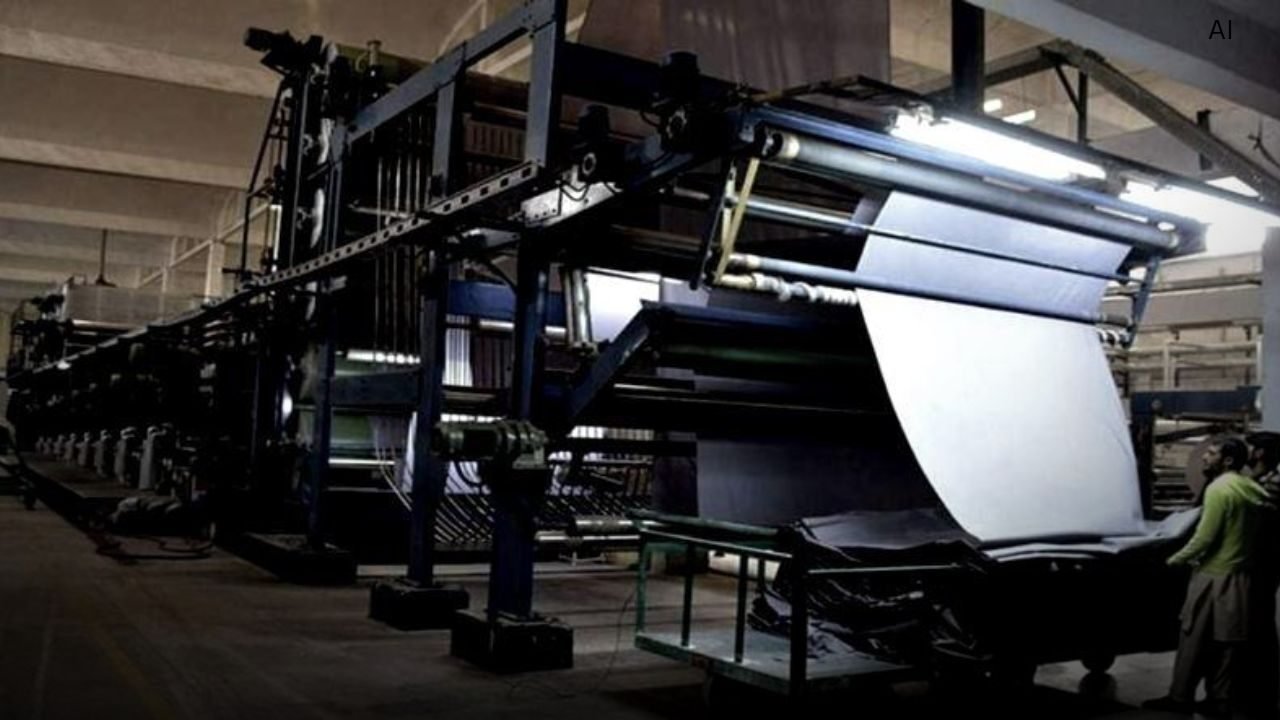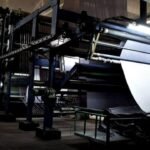By Moaaz Manzoor
Pakistan is moving to bring back lower Pakistan textile energy tariffs for textile and apparel exporters. Officials hope this will help factories cut costs and compete better in international markets.
Restoring Competitive Pakistan Textile Energy Tariffs
Energy has long been one of the biggest challenges for the textile industry. The draft Textile and Apparel Policy 2025–30, available with this reporter, points out that rising electricity and gas prices hurt competitiveness.
The policy calls for affordable and predictable energy to keep production steady and exports strong.
Past Energy Tariffs and Their Impact
The draft recalls that earlier, electricity for export-focused factories was priced competitively at 7.5 US cents per kilowatt-hour in mid-2020, rising to 9 US cents until 2022, and Rs.19.99 per kilowatt-hour until February 2023.
RLNG (re-gasified liquefied natural gas) was supplied at US$ 6.5 per MMBtu in 2020–2022 and US$ 9 in 2022–2023. When these rates ended, costs surged, making Pakistani products less competitive.
Ensuring Reliable Energy Supply
The policy stresses the need to maintain parity with competitors like Bangladesh, India, and Vietnam. It also recommends uninterrupted power and gas supplies for industrial zones. Officials plan to work with regulators and energy companies to reduce outages and guarantee reliability.
Promoting Energy Efficiency and Sustainability
The policy encourages factories to use energy more efficiently. This includes modernizing old machinery, improving production processes, and adopting cleaner technologies. NEECA (National Energy Efficiency and Conservation Authority) will help factories identify ways to save energy.
Integrating Renewable Energy
The draft also promotes clean energy options. Textile factories investing in solar, wind, or hybrid energy could get incentives. Collaboration between public institutions, energy firms, and the private sector is encouraged to expand access to low-carbon solutions.
Supporting Financial Assistance for Energy Projects
Financial support is also part of the plan. The State Bank of Pakistan will work with lenders to provide loans for energy-efficient projects. The Export-Import Bank of Pakistan will help exporters with credit insurance and affordable financing.
Linking Energy Pricing to Productivity Goals
The policy links competitive energy prices with broader goals to cut input costs and boost productivity. Steady and affordable energy is seen as essential for reaching the textile sector’s export targets under the 2025–30 framework.
Strengthening Pakistan’s Industrial Competitiveness
Finally, the draft stresses that bringing back regionally competitive energy tariffs and improving energy efficiency will be key to restoring Pakistan’s industrial edge.
Cooperation between ministries, energy regulators, and private companies will be needed to create a stable, sustainable energy environment for the textile and apparel industry.
Author Profile
-
Moaaz Manzoor is a business correspondent who meticulously tracks Pakistan’s crucial but neglected natural resource industries.
He specializes in exposing inefficiencies and charting the course of modernization, highlighting how efforts to mechanize mining have dramatically cut marble and granite wastage, driving a recovery and attracting vital investment.





